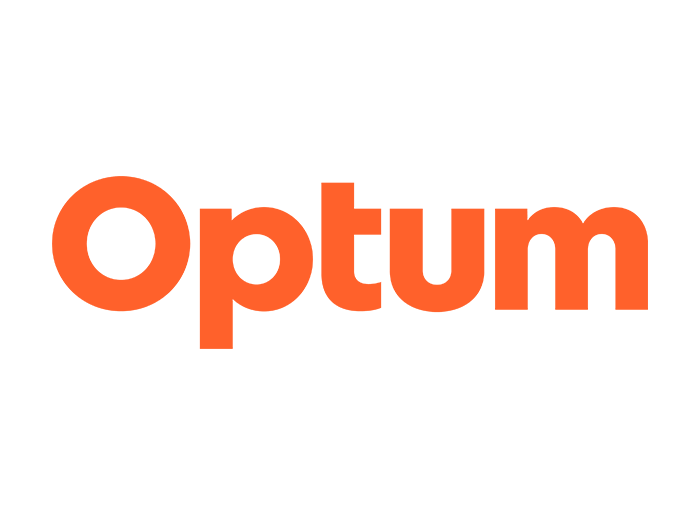Wearable Ergonomic Technology Works, If Employers Have the Resources to Use It. Here’s How Insurance Can Help
Wearable ergonomics is a highly valued and invested category in the Insurtech industry. Workplace injuries cost over $40 billion annually, and that’s without considering the long-term health impacts on employees’ quality of life and the challenges faced by employers in managing labor capacity.
Workers’ compensation insurance costs are influenced by payroll, industry classification and employer-specific claims experience. Controlling expected losses among the employee population is the only way to manage workers’ compensation costs, particularly for high-risk industries. This benefits employees’ health, reduces costs for employers and provides insurers with greater stability and predictability.
Overall, controlling loss is universally appealing, offering advantages to employees, employers and insurers alike.
According to a survey by Perr&Knight, wearable ergonomic technology reduced strain and sprain injuries by 50% and lost time by 70% across industries. Another platform reported a 65% decrease in ergonomic-related injuries in the first year of using wearables.
While these results don’t guarantee universality, there is a strong economic and health-based case for introducing wearable ergonomic devices to employees in labor-intensive roles with a history of strains and sprains. Slam-dunk business case, right? Adoption is right around the corner …
Unless it isn’t.
Recently, a leading producer of wearable ergonomic tech was acquired when it was unable to secure additional financing on its own after receiving over $50 million in venture funding in previous years. Why did a provider of meaningful solutions fail to reach a modest revenue goal of $25 million in 2022, and what adoption challenges exist for such a strong business case?
COST/INCENTIVES: Large, well-capitalized businesses that self-insure workers’ comp frequently see when there’s a favorable impact on expected loss and implement injury reduction mechanisms accordingly. Smaller employers, however, may not see the extent to which losses are driving their escalating premiums, and may also lack the necessary initial capital or an awareness of the market for wearable ergonomics necessary to self-implement a program.
DATA/TRUST: Employees may have concerns about the potential downsides of wearable ergonomic tech, such as reservations about privacy and data monitoring, which can outweigh the benefits of avoiding physical strain. Their net-benefit calculation may differ from other stakeholders in the equation.
What is the solution, then, for what would seem to be an important and beneficial innovation in the realm of employee health and the financial wellbeing of the business?
COORDINATION/ALIGNMENT/INFORMATION: This is a classic coordination problem, where every side stands to gain if they can get the right order of operations and facilitation.
The Insurtechs that develop wearable ergonomics technology may not have the capital resources to offer the financing that would allow smaller employers to overcome an initial financial hurdle by way of investment — but perhaps more daunting is how to reach the universe of potential clients at scale while managing burn rate.
The opportunity for workers’ comp insurers to offer a differentiated, valuable coordination service is incredible here. Imagine an insurer offering a premium credit to an employer for its commitment to ensure a fixed level of utilization by its employees.
The credit can be far less than the expected change in the anticipated population injury loss for that employer — allowing the insurer to profitably internalize the costs of adding the wearable technology to its “tech-enabled” workers’ comp program.
The Insurtech wins on adoption and revenue. The insurer wins on data, the ability to offer competitive pricing, and a downdraft on losses that’s likely to deliver a profitable underwriting result. The employer wins big on lower expected losses, especially over the longer term.
Employees can also benefit from better health outcomes. To ensure their willing participation, they would require assurance that stored data will be anonymized and that their captured ergonomic and biometric data will not be used against them.
Further, employees want to see a commitment to sharing in the financial benefit experienced by the employer — something like a 5% premium buffer paid to the insurer and returned to the employer based on the verification of wearable utilization, which is then shared 50/50 between the employer and the employees in the form a “health dividend.”
This is just one in a list of many creative programs that align incentives between Insurtech product creators, insurers, employers and employees.
It’s the rare innovation for which adoption should almost categorically happen, and I know there have been some solid initial efforts down this path. Nationwide, for example, has made commendable efforts in this direction.
Coordinating activities, aligning incentives with education and considering supportive programs will accelerate adoption and improve health and commercial outcomes. &










